With the rapid development of agriculture, the importance of meteorological monitoring in agricultural production has become increasingly prominent. Accurate meteorological data can help farmers arrange agricultural activities reasonably, optimize planting strategies, and increase crop yields and quality. As a new option for meteorological monitoring in agricultural planting, small agricultural weather stations are gradually gaining favor among a large number of farmers with their unique advantages.
The WX-NQ10 agricultural small weather station features small size, simple operation, easy portability and installation, and is highly suitable for use in farmland environments. It can monitor key meteorological parameters in farmland in real time, such as temperature, humidity, light intensity, wind speed and direction, as well as rainfall. These parameters are crucial for understanding the growth environment of crops, predicting weather changes, and formulating scientific planting management plans.
Through small agricultural weather stations, farmers can keep track of the meteorological conditions in their farmlands in real time. For example, when insufficient soil moisture is detected, farmers can irrigate in time to avoid the growth of crops being hindered due to lack of water. When heavy rainfall is detected, farmers can make preparations for drainage in advance to prevent water accumulation in farmland from causing damage to crops. This real-time meteorological monitoring capability has greatly enhanced farmers' ability to cope with weather changes and reduced the impact of natural disasters on agricultural production.
In addition, small agricultural weather stations can also provide farmers with long-term accumulation of meteorological data. Through the analysis of historical meteorological data, farmers can gain a deeper understanding of the local climate characteristics and grasp the optimal environmental conditions for crop growth. These data can also provide a scientific basis for farmers to formulate long-term planting plans, helping them select crop varieties that are more suitable for local climatic conditions, optimize the planting structure, and improve the overall efficiency of agricultural production.
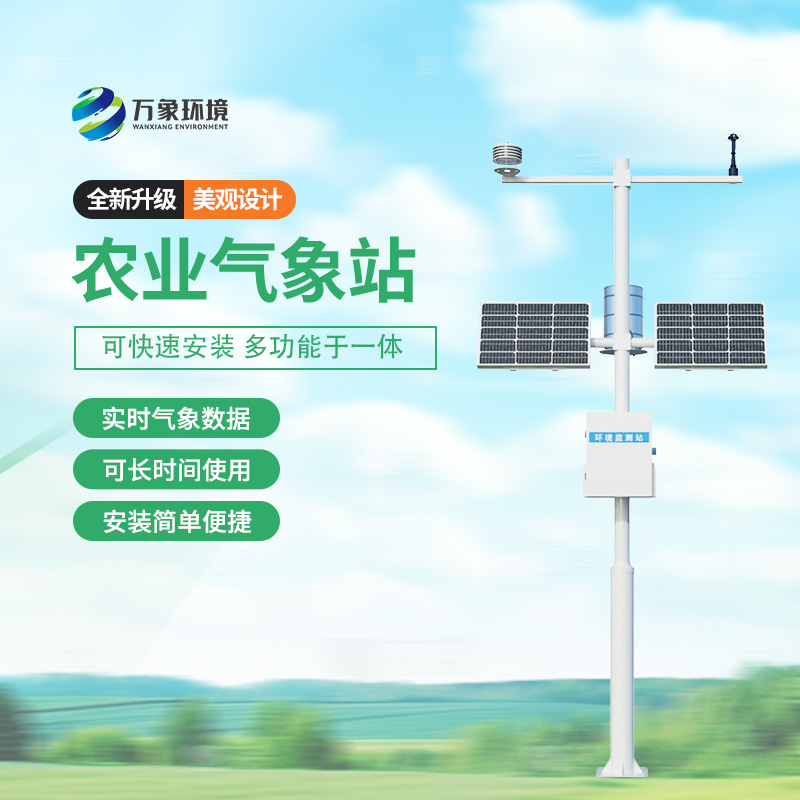
Article address:
http://www.qxhjjc.com/en/article/1493.html

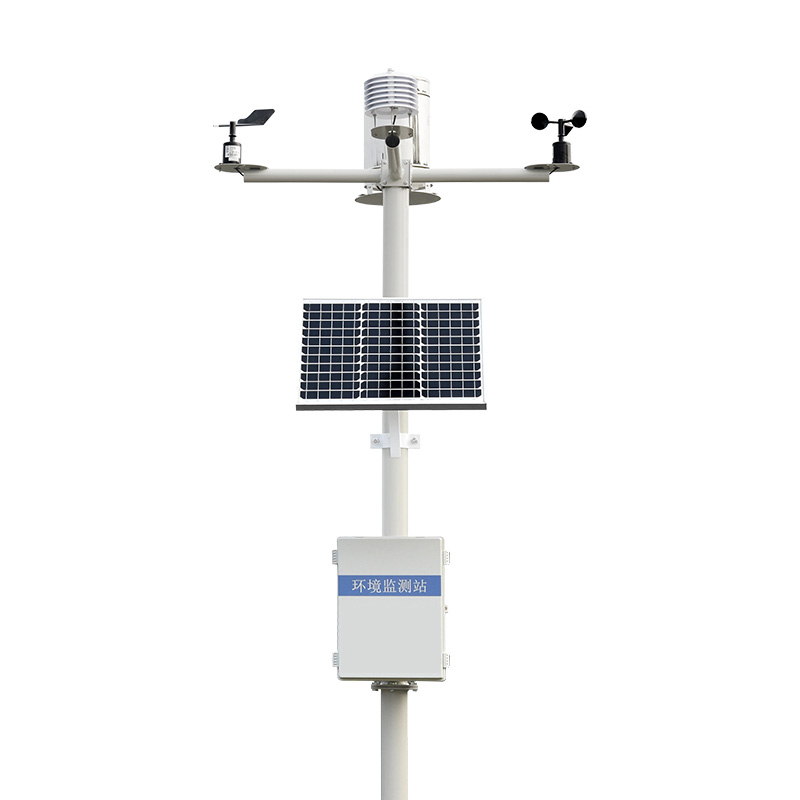
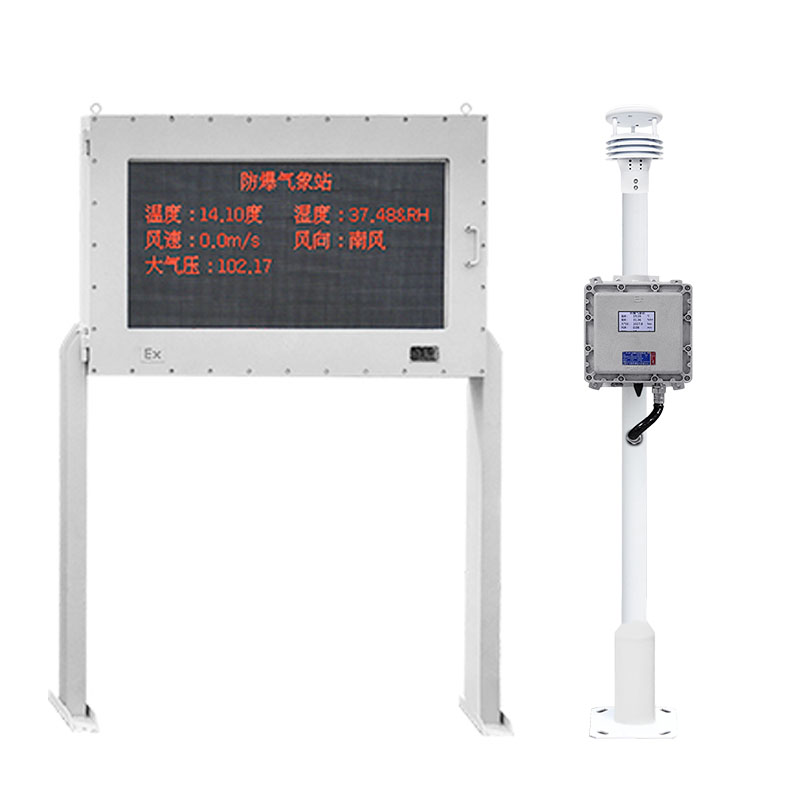
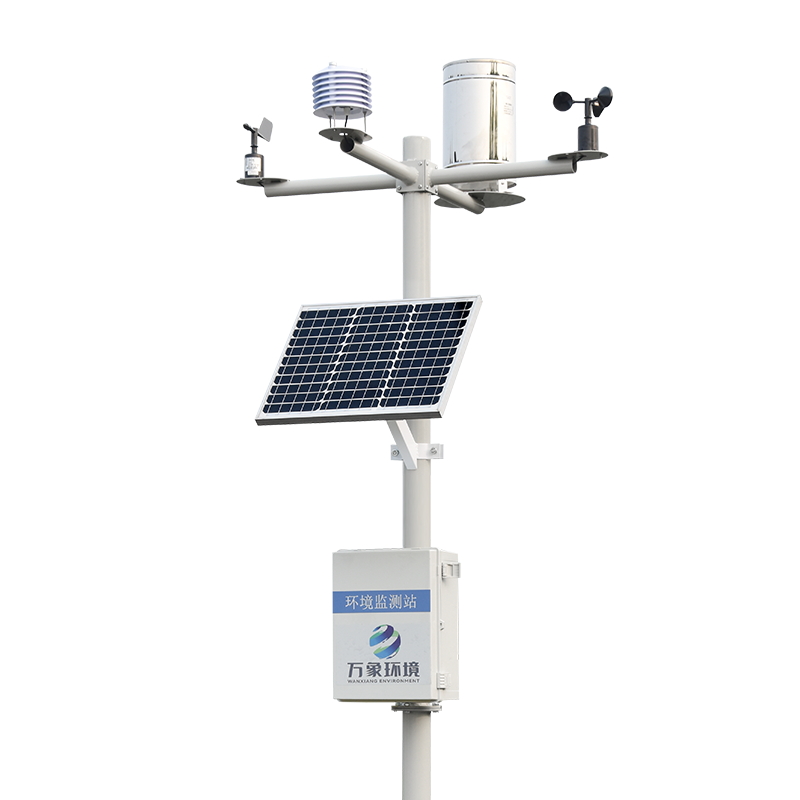

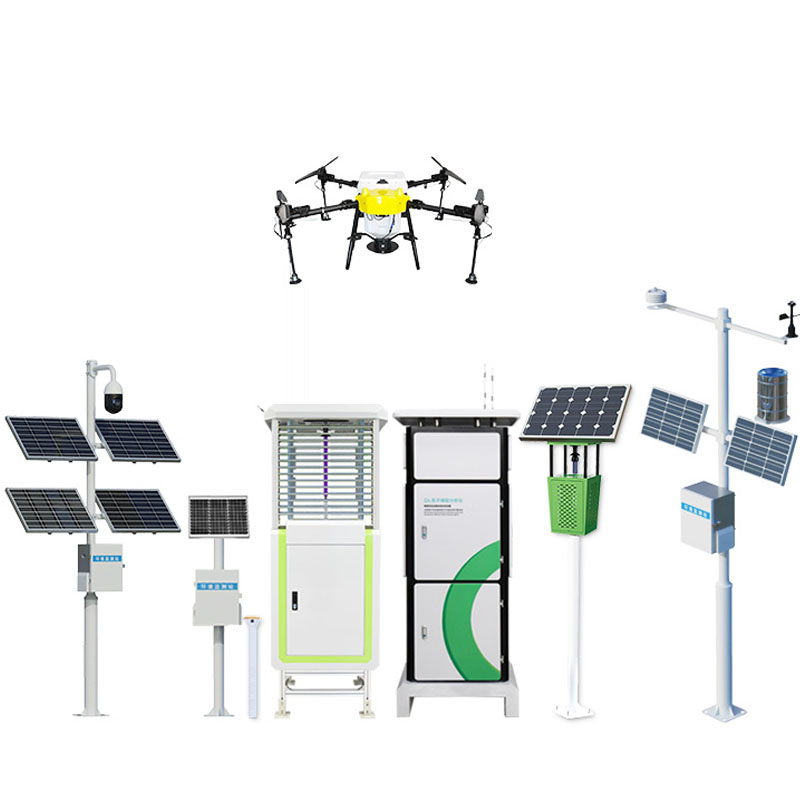






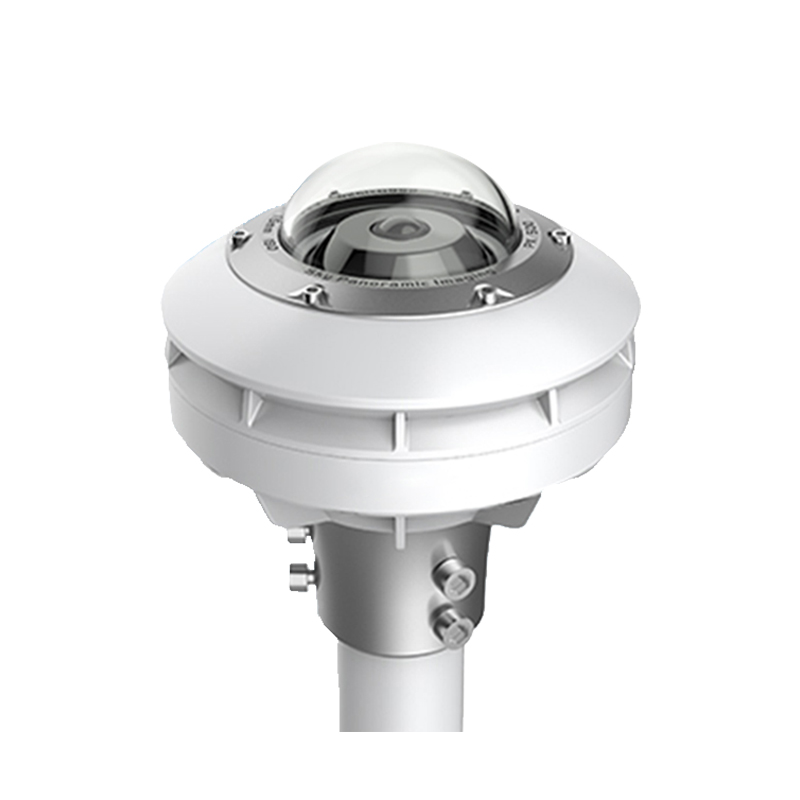

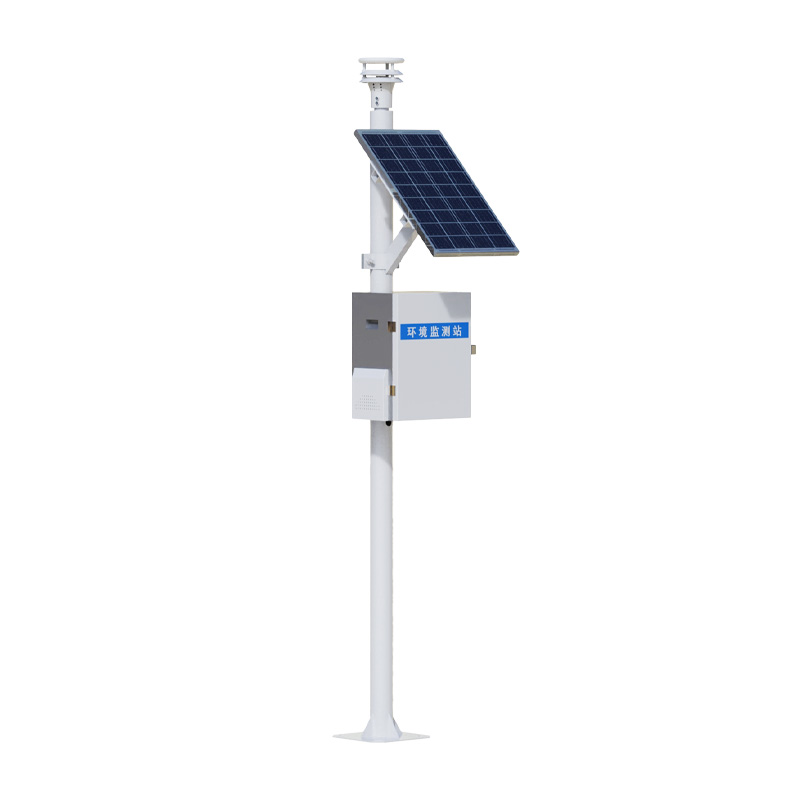
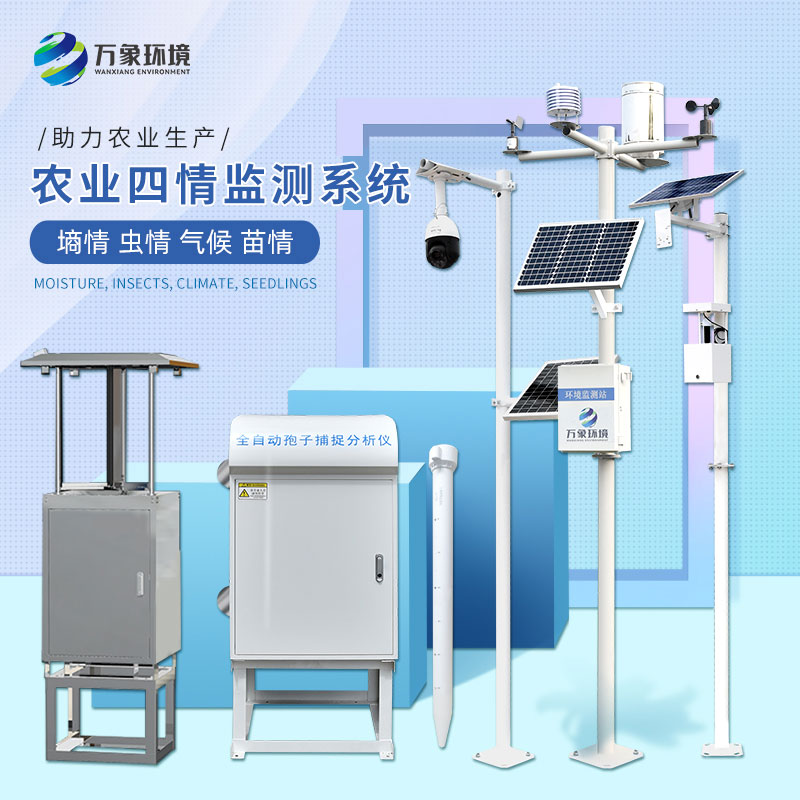


 Home
Home phone
phone Product Overview
Product Overview Contact Us
Contact Us